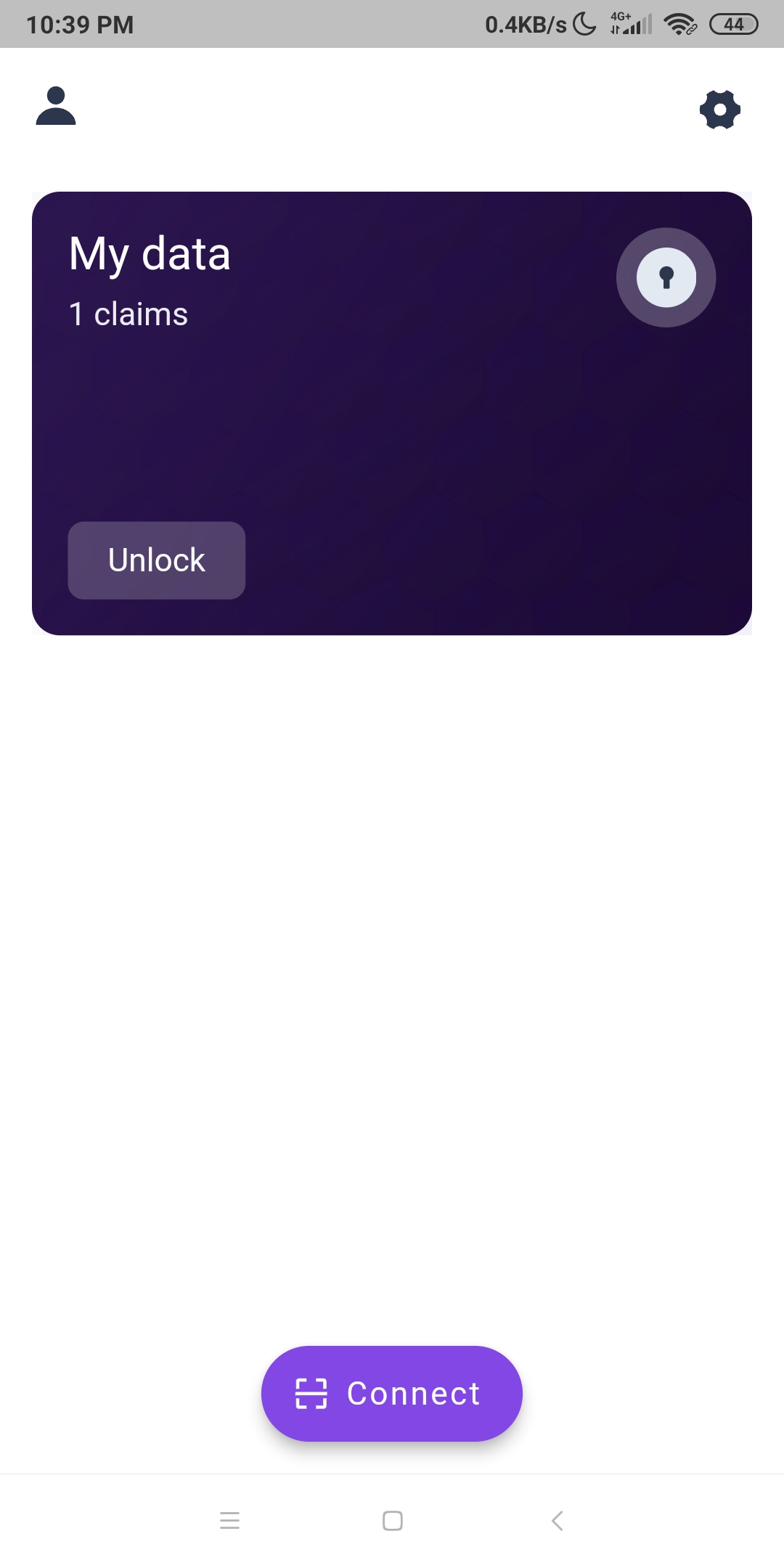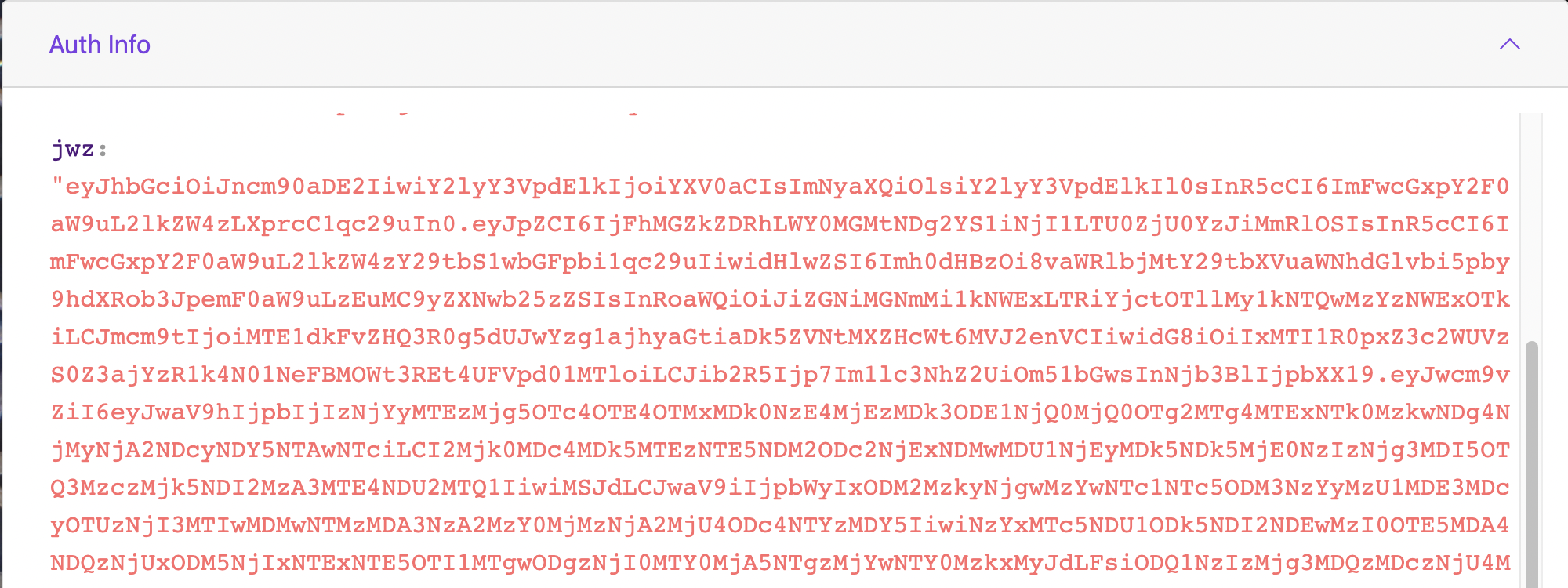Authenticate Identity with Issuer
An Integrator, in order to use the services of an Issuer, needs to authenticate itself with that Issuer. For this to happen, the Integrator needs to call the authenticate() method.
The authenticate() method uses Iden3MessageEntity, genesisDid, privateKey, and optional pushToken, profileNonce, nonRevocationProofs and challenge as input parameters.
Future<void> authenticate({
required Iden3MessageEntity message,
required String genesisDid,
BigInt? profileNonce,
required String privateKey,
String? pushToken,
Map<int, Map<String, dynamic>>? nonRevocationProofs,
String? challenge,
});
Iden3MessageEntityis the Iden3 message retrieved from thegetIden3Message()method.genesisDidis the unique ID of the identity.profileNonceis the nonce of the profile of an identity.privateKeyof the identity is a key that is used to access the sensitive information of the identity. This key is also used for generating proofs by using the credentials associated with the identity.pushTokenlets an Integrator receive the Iden3 messages through push notification.nonRevocationProofsis a map of non-revocation proofs associated with the credentials of the identity.
Steps
Retrieve
CircuitDataEntityfrom the loadCircuitFiles.CircuitDataEntityare the circuits used for generating an authentication proof that we share with the Issuer with JWZ.Retrieve iden3message by scanning the QR code and transform it into a string message with
getiden3message()method.Get authToken from authenticate() and authenticate Identity with authToken.
Wallet-Issuer Interaction using Authentication
An Integrator, to interact with an Issuer, needs to authenticate with it first.
- On the Polygon ID app (which is based on SDK), an Integrator clicks Connect.

2. The Issuer displays a QR code. The Integrator, using the app, scans this code.

With this, the
Authenticate()function (with the identifier, private key and message as the inputs) is executed. The function authenticates the Identity and sends the authentication information (in the form of a big encoded message based on JWZ) to the Issuer.
Read more on JWZ here.
The Issuer receives the data sent by the Integrator and based on its correctness, authenticates or rejects the identity. The wallet analyzes this response from the Issuer.